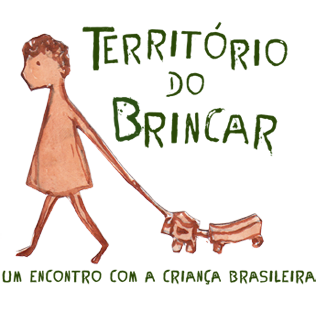Archives
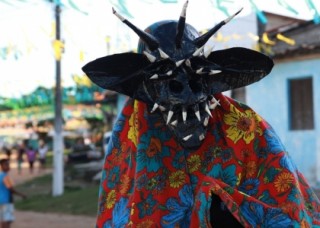
May-2015
By the afternoon, everything has changed: no longer bought or rented from a store, but built artisanally by Dodô’s talented hands, the caretas, or grimaces, parade through the town. Walking into the workshop is like penetrating a mystery, violating a secret. The caretas of Acupe (in the state of Bahia) have their own voice, costumes […]
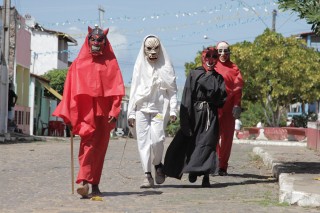
May-2015
Those who walk down the streets of Acupe (in the state of Bahia) on Sundays in July can’t avoid meeting the traditional “rubber Careta (or grimmace).” There are countless people, both children and adults, dressed in frightening masks and outfits and hitting those who provoke them. They appear when you least expect, you turn a […]
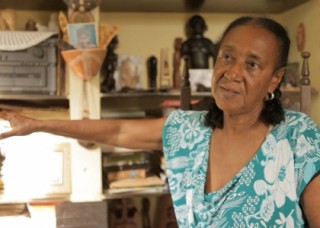
May-2015
Lira is one of those people that contributes to the beauty of the world. She put two braids in her hair when she was a kid and carries them to this, displaying her roots as a sweet and persistent child. Lira is a potter, a researcher of the culture of the Jequitinhonha Valley, one of […]
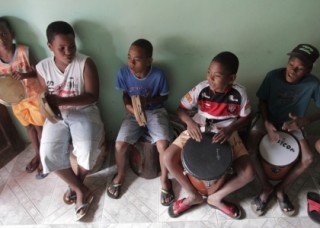
May-2015
Today we went to visit the Children’s Samba de Roda of Saubara, a town next to Acupe. Dona Anna is an old school sambadeira, or samba player. She has spun her skirt and her voice among the best in the samba de roda, a local style of samba music of the Recôncavo Baiano. These days […]

May-2015
Rebeca is a shrewd girl, she always has the right answer on the tip of her tongue. Besides the answers, her tongue is always sharp when it is time to sew, a daily habit in the life of this 7-year-old girl. She uses her whole body as she sews, from her tongue to her feet, […]
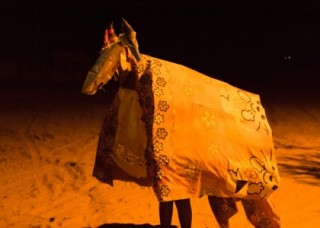
May-2015
Velho Tonho connects with places that not everyone can reach. He travels far, solitary, persistent. He stays committed to his own singular trajectory. This is how he became deeply immersed in the Reisado, or Three Kings’ Party, in his region, when he learned the traditional songs through people who came to live in Tatajuba for […]
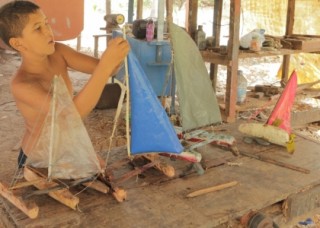
May-2015
The coastal Amazon still preserves some of its traits on the beach of Oiteiros, on the western shores of Maranhão, through its flora and the abundance of species in its banks and pools, as well as through the habits of its people, in the slow time that spreads lazily over the hot hours. It also […]
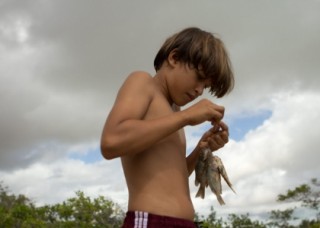
May-2015
Who has line? Who has a hook? Just finding these things is a mighty hunt for these boys. Finding what’s needed to play, or in this case to fish, is a game in itself. The boys of Tatajuba are always trying to find what they need, be it tins, hooks, wood, carnaúba straw, palm leaf […]
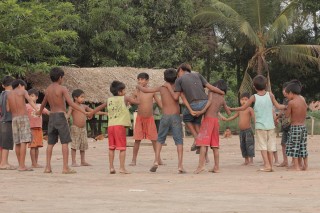
May-2015
Recent linguistic and ethnic-historical data show that the Panará of Peixoto Azevedo/sources of the Iriri River are the last descendants of a much larger group, better known as the Caiapó do Sul, that occupied the region between northern São Paulo, southern Goiás, eastern Mato Grosso, southeastern Mato Grosso do Sul and the triangulo mineiro region […]
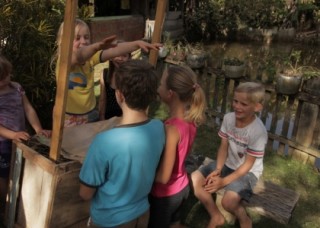
We visited the house of Mr. Levi Roger on a sunny Sunday, when he was hosting friends and family, as they do every Sunday. To gather a group of children of various age groups without a defined purpose and with space for them to do what they want is enough for childhood’s imagination to show […]
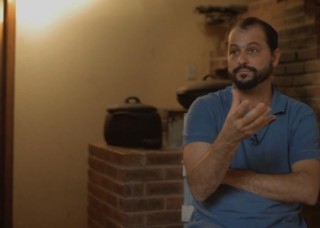
May-2015
Check out some excerpts of our interview with Prof. Dr. Paulo César Scarim, geographer at the Espírito Santo Federal University (UFES), about family agriculture, child labor and learning from the perspective of peasant farmer. “The notion of child labor comes from an urban perspective, that is, it has a direct relationship to specialized labor. For […]
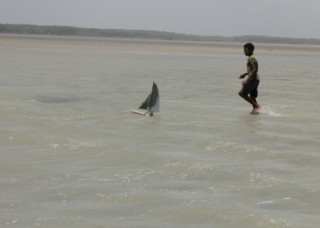
May-2015
The coastal Amazon still preserves some of its traits on the beach of Oiteiros, on the western shores of Maranhão, through its flora and the abundance of species in its banks and pools, as well as through the habits of its people, in the slow time that spreads lazily over the hot hours. It also […]
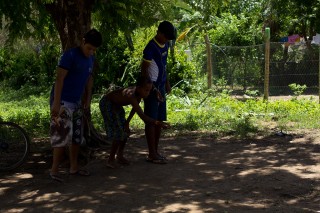
May-2015
As soon as the “china” (marbles) game ended, I asked the boys why it is that adults today insist on saying that children don’t know how to play anymore and that games like this no longer exist. “It’s because these adults don’t come here to see,” one of the boys replied. This is true, I […]
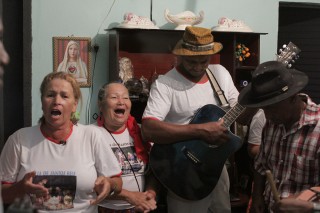
May-2015
Conceição greeted us in a printed skirt, her hair wrapped in cloth and the baby Jesus in her arms. We sat at the table and she told us that when she was a child she would watch her father prepare for the Three Kings’ Party, but this tradition disappeared over the years. She was invited […]
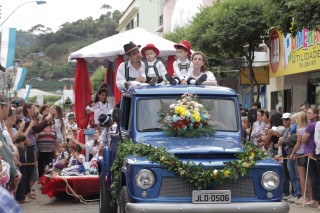
May-2015
Every year the town of Santa Maria de Jetibá organizes its traditional Pomeranian Festival. To hold a festival that celebrates the traditions of these people is a natural consequence of the local culture, where 88% of the population is Pomeranian and you hear the language being spoken among children and adults, where businesses prefer to […]
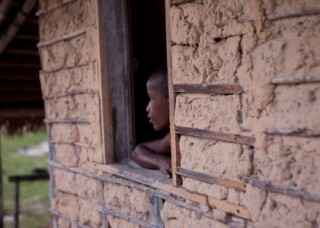
May-2015
“I think they think we don’t know anything,” he said when I asked him why adults today always say that children don’t know how to play anymore. “What a strange question” he must have thought. Carlinhos has no doubts about what he knows, he simply acts, not giving up the chance to live in silence. […]
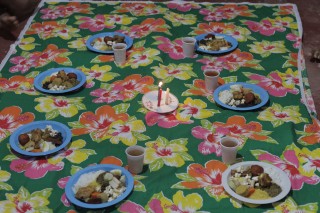
Ô Cosme cadê Damião? Hey Cosme, where is Damião? Ô Cosme cadê Damião? […]
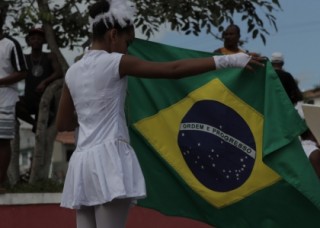
For days no one has talked about anything other than the parade for the 7th of September. The schools were preparing so intensively that they barely had time for lessons. Rehearsals, marches, making flags, banners and decorations occupied the routine of Acupe. Whenever we called the kids to play we would hear back “we can’t, […]
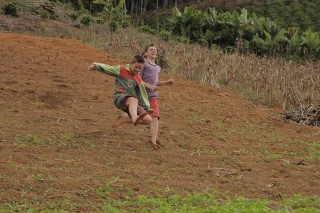
May-2015
The children in Alto Santa Maria take part in their parents’ work on the farm from an early age. Babies even have a cradle on wheels to so they can be next to their parents while they work. When they get a little older they get their own hoe and with it learn the movements […]
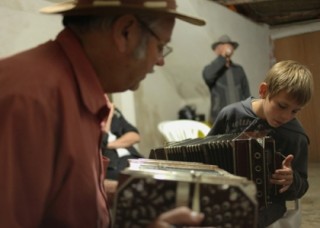
May-2015
How do children learn traditions? How do they follow the rhythms of the life and culture of a people? Normally, they learn with those who know, they learn by doing, creating bonds with doing as they do. We witnessed an example of this in the way the children of Santa Maria de Jetibá learn to […]
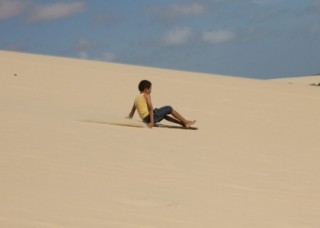
May-2015
You need help to see the surroundings of Tatajuba, like in the Eduardo Galeano story in which a boy, upon looking at the sea for the first time, asks his father, “help me to see.” The natural exuberance calls for silence while looking, calls for a new way of seeing, a child’s eye, of those […]
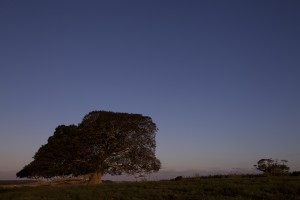
May-2015
The horizon opens over the pampas, the lowlands of Southern Brazil, and the eyes drift far with the aerial dance of the maçaricos, or sandpipers. The place is so flat they say you can see your dog running away for three days straight. The landscape along the highway is one of infinite pastures sprinkled with […]
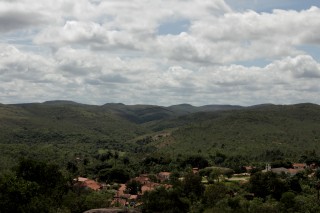
May-2015
Abadia is a land of people knowledgeable about prayers, Three Kings’ Day parties, cantigas de roda, and making bread and cookies in a wood-burning oven. Abadia is a land of timeworn houses, of lightning bugs so sociable they land on your fingers and nose. It’s a place where making wooden cars, creatures made of fruit, […]
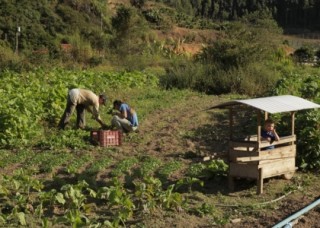
May-2015
Our first stop on the trip: the community of Alto Santa Maria. This is a Pomeranian community settled on the slopes of the hills in the municipality of Santa Maria de Jetibá, in the state of Espírito Santo. Approximately 1500 people live here, with an estimated 90% being of Pomeranian descent, and they cling tightly […]
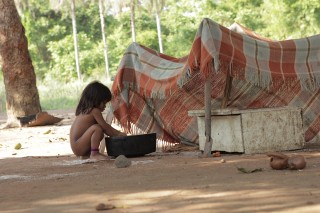
May-2015
In the village, houses are for resting and sleeping, and the Panará sleep in hammocks or beds they build themselves. In the past, a Panará would sleep on the floor, the houses were big and many families would live in them with their father-in-law. Today the houses are smaller, but the kitchen is always on […]
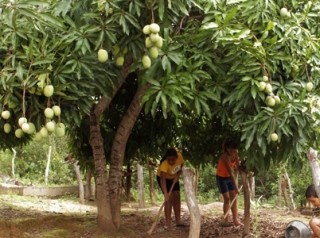
May-2015
It’s so amazing how Brazil has so many games happening under a mango tree, or other fruit trees, that you could write a treatise on the subject. It was no different in Abadia, this small village near Carbonita in the Jequitinhonha Valley. While the girls swept the dry leaves and rotten mangoes, setting the ground […]
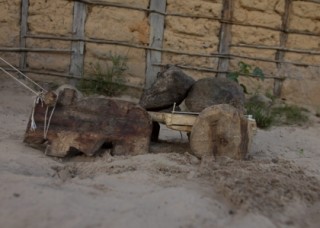
May-2015
The roar comes from a distance, and has been heard since long ago. A good cart has to roar, has to make itself heard. For generations the Cururupu region has been marked by the power of these carts made of iron and wood, pulled by the traction of two oxen. Cheda, canga, paré, rodeiro, canzil, […]
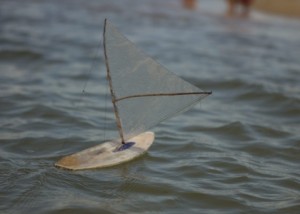
May-2015
Playing with canoes made from timbaúba, or earpod tree, is an old tradition among the children and adults in Tatajuba. They are proud of carrying this habit for so many generations. It’s an act of collective resistance etched into a way of playing. Once they told us about this toy, the questions began: “how long […]
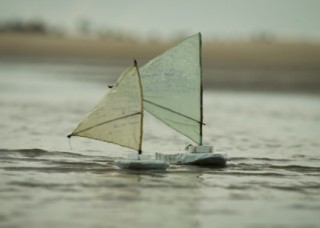
May-2015
The sea calls for navigators, it calls for floating with sails puffed by the wind, it asks for the precision of boys skillful in cutting foam as they build their canoes. Here in Tatajuba we are learning about the nature of liquid play. We are noticing how a good foam canoe captain must know […]
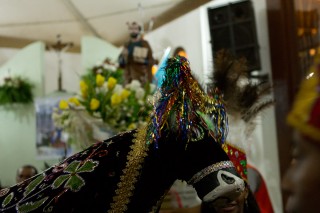
May-2015
Our friend and expert on the Bumba meu Boi game, Prof. Dr. Soraia Chung Saura, visited us here in Maranhão and she gifted us with beautiful descriptions of her visit: Finally, on the 28th, we got ready to follow “Saint Peter,” as this festivity is called. Now the groups no longer split into fairs around […]



